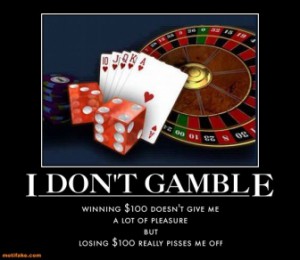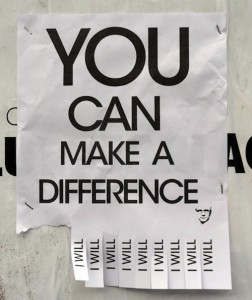Don’t save Par, make Birdie

There’s an old adage that suffering yields ingenuity. The list is deep of artists, innovators, and inspiring leaders who found strength in the depths of adversity. It’s a beguiling truth since we tend toward safety and risk aversion in most aspects of our lives and business. So the question becomes, “If we aren’t currently in the depths of adversity, how do we find deep creativity and inspiration within contentment?” Or a better question might be, “How do we intentionally perturb ourselves in the search for creativity and inspiration?”
Statistically it’s true that golfers become better putters when faced with making par versus making birdie, from the same distance, with the same lie. We have surety and conviction when attacking the status quo, and make poorer choices when reaching beyond ourselves to excel, even when the goal remains the same. When we are on the edge of social risk, we retract, concede, and assimilate back to the norm – we make par.
Try this:
Choose between getting $900 for sure or a 90 percent chance of getting $1,000.
A. Getting $900
B. 90 percent chance of getting $1,000
Choose between losing $900 for sure or a 90 percent chance of losing $1,000.
A. Losing $900
B. 90 percent chance of losing $1,000
See below for the analysis, but the answer is clear. If you, like most people, chose A and then B, you could well be $100 down at the end of this exercise. What’s your social risk tolerance? What’s your measure of personal need for gain?
(Jamie Lalinde, Vanity Fair) The results of this simple problem set, for which most participants answer A and then B, were used to develop the thesis that would make Kahneman and Tversky famous: prospect theory.
In a 1979 paper, they documented a peculiar behavioral tendency: when people faced a gain, they became risk averse; when they faced a loss, they became risk seeking. As a result of their discovery, Kahneman and Tversky debunked Bernoulli’s utility theory, a cornerstone of economic thought since the 18th century. (Bernoulli first proponed that a person’s willingness to gamble a certain amount of money was a product of how that amount related to his overall wealth—that is, $1 million means more to a millionaire than it does to a billionaire.)
Along with playing a large role in Kahneman’s being awarded the Nobel Prize in 2002, the theory also spawned a new academic pursuit, the field of behavioral economics. Prospect theory, Michael Lewis writes, explains “why people are less likely to sell their houses and their stock portfolios in falling markets; why, most sensationally, professional golfers become better putters when they’re trying to save par (avoid losing a stroke) than when they’re trying to make a birdie (and gain a stroke).”





